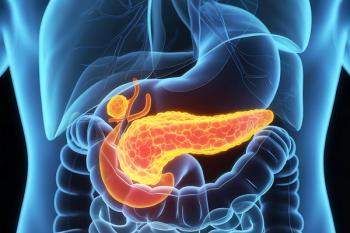
E-Separation Solutions
- E-Separation Solutions-08-12-2010
- Volume 0
- Issue 0
GC Column Bleed
What is the best way to minimize GC column bleed? What factors increase column bleed?
The answer to the following question was provided by LCGC’s “GC Connections” editor John Hinshaw.
Q: What is the best way to minimize GC column bleed? What factors increase column bleed?
A:John Hinshaw: Follow these pointers to minimize GC column bleed:
• Select a low-bleed column type as designated by the manufacturer
• Conform to the specified upper temperature limits
• Avoid injecting dirty samples
• Use split injection when possible
• Use high-temperature low-bleed septa
• Replace the inlet liner when it becomes contaminated
• Keep the the carrier gas free of oxygen and leaks
Column bleed is increased with thicker stationary phase films and larger column inner diameters. Also, not taking care to keep the column inlet section above the ferrule clean during installation can result in increased bleed. A retention gap — an uncoated but deactivated section of column — inserted between the injector and the column inlet can help to trap sample residue, and the retention gap is easily exchanged when dirty.
If you have a question you'd like answered, please submit them at
Articles in this issue
over 15 years ago
Softwareover 15 years ago
Mass SpectrometryNewsletter
Join the global community of analytical scientists who trust LCGC for insights on the latest techniques, trends, and expert solutions in chromatography.





